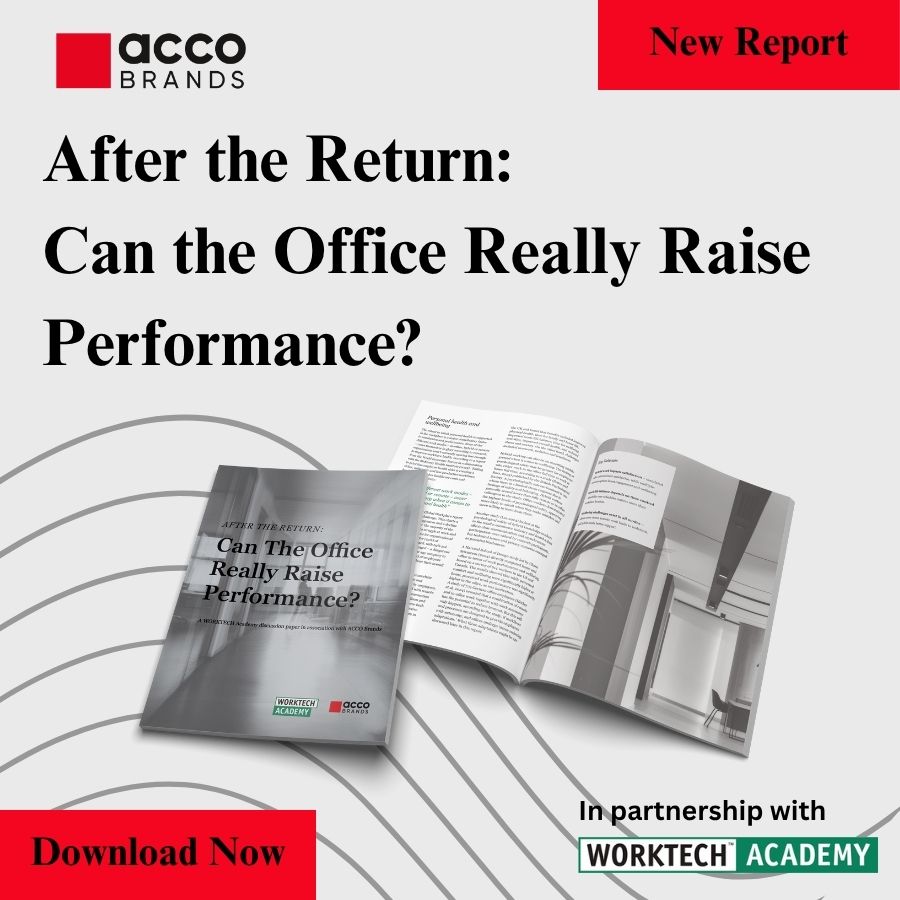Demographic divide revealed with legal rulings on desks and tech
Two UK employment tribunals have punished companies for discrimination against older employees. But new research suggests that the youngest cohorts are the ones really struggling with wellbeing
Just in case you thought that traditional demographic divides in the workplace had begun to disappear with the rise of flexible working, recent rulings from two employment tribunals in the UK have reopened some old office wounds between younger and older staff.
In the first employment tribunal, the allocation to a senior employee in his early 50s of a desk associated with a more junior position was deemed to be in breach of workplace laws.
The panel ruling was that being made to sit in a part of the office where junior staff are located could ‘logically’ lead a senior employee to conclude they have been demoted. The ‘low status’ desk was allocated to the branch manager of a firm of estate agents who successfully sued his own firm for constructive dismissal.
The case, which could set a legal precedent, has implications for real estate and facilities team who allocate desk spaces to workers of different ages and career stages. Where we work in the office has always been a loaded question. Making sure older staff don’t feel they’ve been ‘demoted’ by their desk arrangement just complicates matters further.
Ageist and discriminatory
The second UK employment tribunal ruling switches from furniture to technology. This case found in favour of an engineer in his early 60s who won compensation from his employer, a drinks company, after colleagues said they thought he was ‘too old to handle the demands of new equipment’. This comment, which followed an argument over a work laptop that could write code, was labelled ‘ageist’ and ‘discriminatory’ by a judge.
What both cases tell us is that, in the rush to accommodate the youngest entrants to the workplace, companies should not take their eye off the ball when it comes to older employees. This cohort has many firmly held views about how the workplace should operate and isn’t afraid to stick up for its rights.
Many of this group belong to Generation X (born 1965-79), a middle-aged cohort often squeezed between the demands of workplace newbies and the baby boomers. They receive less attention than other generations and resent being constantly overlooked. ‘Burnt out, bottlenecked and bored’ is how one commentator memorably described them.
Midlife not so bad
Traditionally, this group has been the most depressed about its prospects, an outlook giving rise to the term ‘midlife crisis’. However, there’s good news for the squeezed middle of the workforce in the shape of new research commissioned by the UN from academics Jean Twenge and David Blanchflower.
This suggests that happiness is no longer U-shaped with a carefree youth and a comfortable later life, and peak misery occurring in your 40s and 50s. Instead, satisfaction now rises steadily with age. In a paper published by the US National Bureau of Economic Research, which examined survey data from six countries (the UK, US, Ireland, Australia, Canada and New Zealand), the researchers point to ‘a crisis in wellbeing among the young’.
Evidence for a global breakdown in happiness among younger people provides justification for investing more in mental health services in the workplace for the newest cohorts. This group is struggling right now and deserves our best attention. However, as those legal rulings in the UK suggest, older employees hold the corporate memory and they’re not done yet – so HR leaders have to remain vigilant right across the demographic span of the new world of work.
‘Ageing human capital’ is one of 25 trends in WORKTECH Academy’s report, The World of Work in 2025, which can be accessed here.








